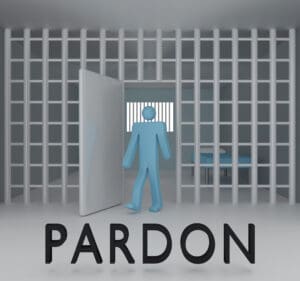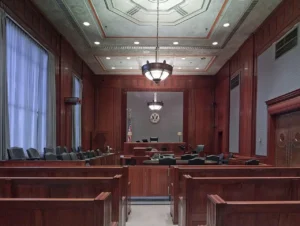Balloon Payment Mortgages: Navigating the Terrain of Modern Real Estate Financing
In the realm of real estate financing, the concept of a balloon payment mortgage emerges as a pivotal element for both commercial and residential sectors. This financial instrument, though less common in the current mortgage landscape, still holds significant relevance in certain real estate transactions. This comprehensive article aims to shed light on the intricacies of balloon payment mortgages, their legal implications, and the strategies for managing these unique financial products.
Understanding Balloon Payment Mortgages
A balloon payment mortgage is a type of loan characterized by its dual-phase payment structure. During the initial phase, borrowers enjoy relatively smaller monthly payments. However, this leads to the second phase, where the remaining balance of the loan is due in one large lump sum, known as the balloon payment. This structure contrasts sharply with traditional mortgages, where the loan is fully amortized over a set period, resulting in consistent monthly payments that gradually pay down both the principal and interest.
The Legal Framework and Implications
Legally, balloon payment mortgages fall under the purview of real estate financing law. They are defined as mortgages requiring interest payments for a set period, followed by the full payment of the principal at the end of this period. Notably, these mortgages are more prevalent in commercial real estate due to the financial risks involved – risks that are typically higher for individual homeowners than for commercial entities.
Regulations like the Truth in Lending Act (TILA) play a crucial role in governing these mortgages. TILA mandates lenders to provide clear disclosures about the loan, especially the balloon payment clause, ensuring borrowers are fully aware of their future financial commitments. The Act aims to prevent predatory lending practices and protect consumers from being blindsided by large, unexpected loan repayments.
Balloon Mortgages in Commercial vs. Residential Real Estate
In commercial real estate, balloon payment mortgages are often strategically employed. Businesses, particularly those in property development, might opt for these loans to capitalize on lower initial payments, planning to refinance or sell the property by the time the balloon payment is due.
On the residential front, however, these mortgages are approached with more caution. The 2008 housing crisis brought significant changes to lending practices, with balloon payments in residential mortgages now seen as potential financial pitfalls for individual borrowers. They are often perceived as high-risk options since they can lead to financial strain or foreclosure if the borrower is unable to make the balloon payment or refinance the mortgage.
Strategies for Managing Balloon Payment Mortgages
For those considering a balloon payment mortgage, careful financial planning is crucial. One strategy is refinancing the mortgage before the balloon payment is due, an option that hinges on the borrower’s creditworthiness and market conditions. Another approach is selling the property, which is viable if the real estate market is favorable.
Borrowers should also consider alternative financing options, such as adjustable-rate mortgages (ARMs) or traditional fixed-rate mortgages, which might offer a more predictable and stable repayment structure.
The Current State and Future of Balloon Mortgages
While balloon payment mortgages are not as common today as they were decades ago, they still exist as a niche product in real estate financing. They may be suitable for certain borrowers, like those expecting a significant increase in income or a lump sum of money in the near future. However, their complexity and potential risks make it imperative for borrowers to fully understand the terms and conditions before committing to such a loan.
Conclusion
Balloon payment mortgages, with their unique structure and financial implications, remain a significant, albeit less common, element in the real estate financing landscape. Both borrowers and lenders must navigate these loans with a thorough understanding of the legal framework, financial risks, and market conditions. As the real estate market evolves, so too will the role and utilization of balloon payment mortgages.
Sources:
- Cornell Law School – Balloon Mortgage
- Consumer Financial Protection Bureau – What is a balloon payment? When is one allowed?
- LendingTree – Balloon Mortgage: What It Is and How It Works
- Bar Prep Hero – Balloon Payment Mortgage
- Guaranteed Rate – What is a Balloon Payment? | Balloon Mortgage Payments Explained





















